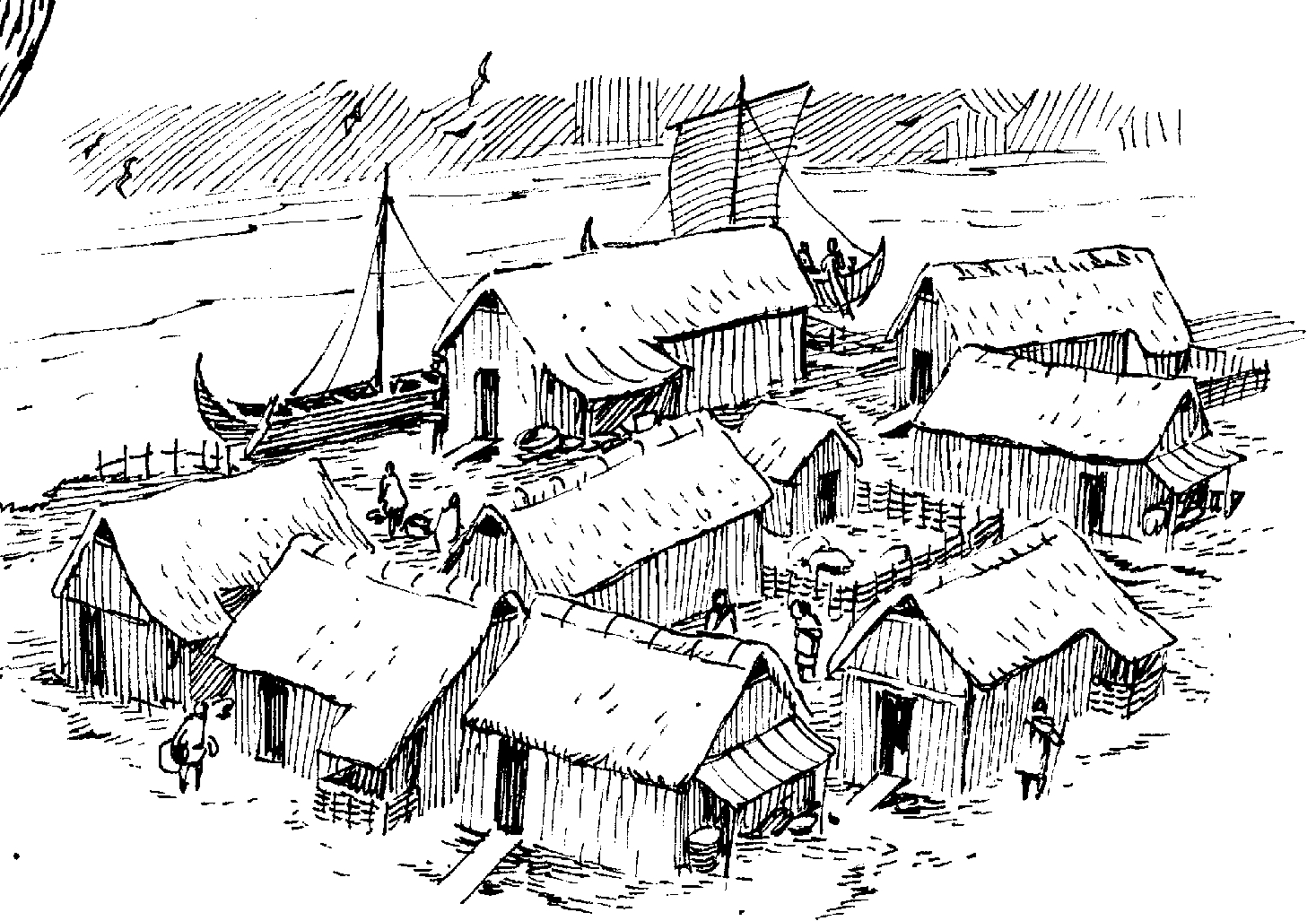When most people think of the Vikings, they picture fierce warriors sailing the seas in longships, but the truth is that the Vikings were also skilled farmers who relied on agriculture for their survival. In this post, we'll explore the fascinating world of Viking agriculture and the important role it played in Viking society.

Farming in Viking Society Farming was the backbone of Viking society, and it was the primary way that most Vikings fed themselves and their families. The Vikings were skilled farmers who were able to cultivate crops even in harsh environments. They grew a variety of crops, including grains like barley, rye, and oats, as well as vegetables like turnips, onions, and cabbages. They also raised livestock, including cows, pigs, sheep, and chickens.
Tools and Techniques Vikings used a variety of tools and techniques to farm their land. They used iron plows pulled by oxen to till the soil and prepare it for planting. They also used sickles to harvest crops, and flails to separate the grain from the stalk. In addition, Vikings were skilled at using irrigation techniques to water their crops in areas where rainfall was scarce.
Land Ownership and Use In Viking society, land was typically owned by the local chieftain or Jarl, who would parcel it out to farmers to cultivate. Land was often divided into several plots, which were rotated among farmers to prevent the soil from becoming depleted. In addition, Vikings also practiced a form of communal farming known as "utmark" in which the community would work together to farm a common area of land.

Agriculture and Viking Expansion Agriculture played a critical role in Viking expansion, as the Vikings would often seek out new land to farm when their own land became overcrowded or exhausted. This led to Viking settlements throughout Scandinavia, the British Isles, Iceland, Greenland, and even North America.
In conclusion, Viking agriculture was a vital part of Viking society, providing the food and resources necessary for their survival and expansion. The Vikings were skilled farmers who used a variety of tools and techniques to cultivate their crops and raise their livestock. The legacy of Viking agriculture can still be seen today in the many farmlands and communities throughout Scandinavia and beyond.
Works Cited:
- Viking Age Farming by The Viking Answer Lady
- Viking Agriculture by Ancient History Encyclopedia
- The Viking World by James Graham-Campbell
- Agriculture in the Viking Age by Archaeology Magazine





Leave a comment
This site is protected by hCaptcha and the hCaptcha Privacy Policy and Terms of Service apply.